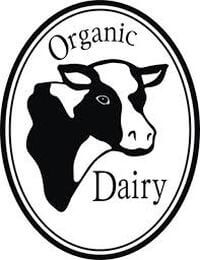Tom Meersman ~ Mark Wickenhauser stood in the doorway of his weathered 1910 barn and viewed the dark soil that will soon sprout a pasture rich with alfalfa and other grasses. He has worked all his life at the family dairy farm near Cologne in Carver County but switched from conventional to organic farming in 2005.
“It wasn’t the popular thing to do, but I guess I didn’t care,” he said. “It just made a lot of sense to me.”
 Organic dairy has come a long way since then. Americans spent more than $5 billion on organic dairy products in 2014, with double-digit annual growth during much of the past decade, according to the U.S. Department of Agriculture.
Organic dairy has come a long way since then. Americans spent more than $5 billion on organic dairy products in 2014, with double-digit annual growth during much of the past decade, according to the U.S. Department of Agriculture.
Supply has not been able to keep up with demand, especially during the past year, said Meg Moynihan, organic program administrator for the Minnesota Department of Agriculture.
“I am hearing from just about everybody that supply is very tight, that all of the dairy processing companies are looking for new farmers and that they’re having trouble filling their orders with retailers,” she said.
Shelf space for organic dairy increasing
Luke Friedrich, spokesman for Cub Foods, said demand for organic products is strong at Cub’s 76 stores in Minnesota. In January, the company expanded its Wild Harvest organic line and shelf space, he said, because customers want more organic products.
Most Cub stores have two or more cases of organic milk, Friedrich said, in addition to organic butter, eggs and other products. Continue reading
